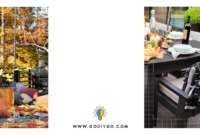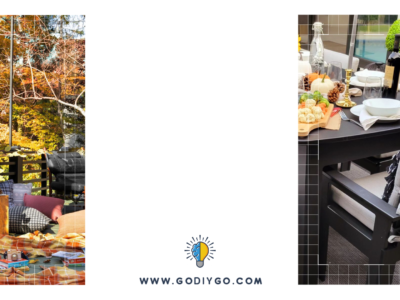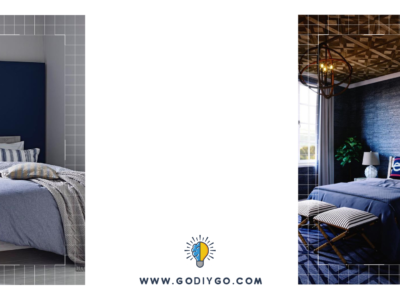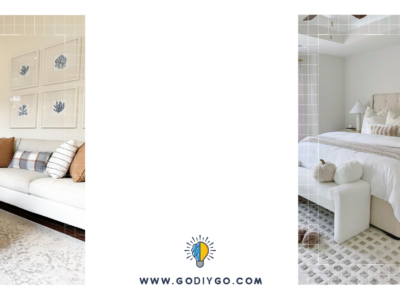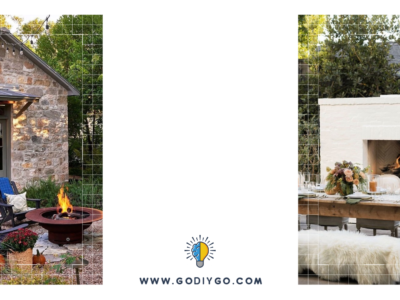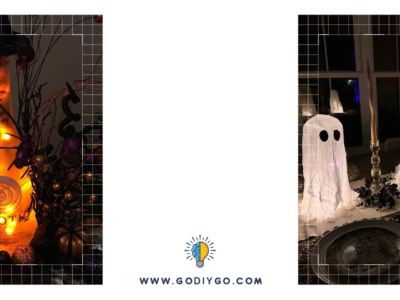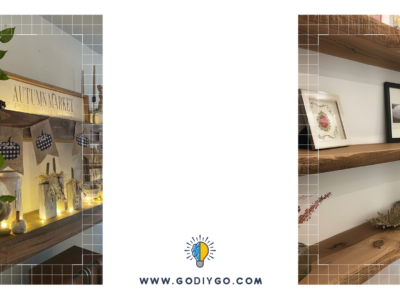
Golfing is arguably one of the most relaxing sports of all, but it’s also a pretty pricey hobby to have. Stocking up on clubs and getting a couple of hours on the course is well beyond your typical budget. Just like fishing or any other outdoor activity, it also requires a bit of time, that frankly not all of us have seven days a week.
This sport requires surgical precision and tons of practice lest you get behind your mates and competition, so unless you can hit the course more than a few times a month, you may get a bit rusty.
You’ve probably wondered ‘What if I could practice golf at home, wouldn’t that be convenient?’; well, with the rapid advancement in technology, these days you most certainly can.
What are my options?
Essentially, it’s up to you to decide how creative you want to be and how much cash you’re willing to part with. Budget ways of crafting an indoor golf course require little more than a couple of boxes and pieces of cardboard while those who want to invest a bit more could buy indoor golf pockets and various kinds of accessories in that vein.
Your third option is completely unlike the other two, relying on digital technology to simulate a golf course. Let’s dive a bit deeper into details.
Indoor Golf Course DIY
The do-it-yourself approach encourages creativity while keeping your wallet thick, so it’s usually the first option most golf enthusiasts resort to.
Basically, you’ll need a few basic tools, such as a ruler and a pair of scissors, glue, transparent duct tape, and a hefty bunch of cardboard.
The first thing you should do is try to envision how many pockets you want (whether it’s a 9-hole mini course or a full 18-pocket setup). It can be as large or as small as you want, and you shouldn’t worry too much about how much space it will occupy; cardboard is light, and you can easily set or clean the place up in less than fifteen minutes.
Your number-one priority should be creating the mat. Cut, glue, and piece together the range; you can color it if you want as well. Use thinner pieces, preferably the upper sides of cardboard boxes.
Drill a hole at the beginning of the range where you’ll place the tee, and leave room for the ‘pockets’ at the end of the range. The simplest way to create pockets is to cut the cardboard around. The actual golf hole dimensions should be scaled down in proportion to your makeshift range.
Alternatively, you can use a sanding machine to create slopes instead of actual holes. This will create a bit of a challenge for putting, whereas regular holes in cardboard will be remarkably easy to pocket.
Finally, you should create bumpers that will prevent the ball from going into other rooms (or into other objects) should you miss your shot. If you have time, add these bumper walls alongside the entire range; guarding the pockets should suffice, though.
Indoor golf pockets and mats
If you don’t feel too inspired, aren’t too handy with cutting cardboard, or simply don’t want to spend hours and days creating an indoor golf course, you can always buy such accessories.
Of course, these products are supplied with advanced features and technologies, most notably sensors and radars that collect data regarding ball speed, direction, angle, and trajectory; some of the better models even monitor spin, tilt & axis of each stroke.
The simplest purchasable indoor golf accessories include regular mats, mini-golf courses, various putting aids, and chipping nets.
Again, it’s up to you to customize your experience. Most of these accessories can work in synergy, but lumping them all together may be a bit of overkill.
For instance, chipping nets are perfect for practicing your low-range strokes, bowl-type pockets are excellent for practicing your putting technique while mats are generally well-rounded and a bit of a more natural touch to the whole experience.
If you’re on a budget, getting the bowl pocket should be considered first. Not only are these cheap, but they’re also very flexible and can be used both indoors and outdoors.
The mats are generally excellent for whatever purpose, and the fact that they’re available in myriads of shapes and sizes makes them an attractive addition to any indoor golf setup.
Again, chipping nets should be considered as supplementary accessories that don’t necessarily enable the other accessories in any way, but they’re useful nonetheless.
Golf simulators
Although some may confuse golf simulators with golfing games (on whichever console), these two are completely different.
First and foremost, golfing may only improve your game sense while they can do next to nothing in terms of muscle memory and actual practice. The player simply inputs controls on the keyboard/joystick, so the factor of luck is playing a big role; the one that you can easily mistake for progress.
Golf simulator packs are typically comprised of special clubs and wearables that feature multiple sensors that are translated to the display (PC or TV). The program generates your avatar, which you will be able to customize for the most part, which will mimic your movements and techniques.
In essence, the easiest way to ‘build’ an in-door golf course is to use a virtual reality headset and be transported into a digital course proportionate to that of a regular golf course.
One of the main benefits of choosing this option is that it doesn’t require any kind of pre-production. You don’t need to cut, carve, drill, place, move, and remove anything – simply plug the program in, grab your club, and you’re set to go.
In comparison to buying standalone indoor golf accessories, getting a golf simulator may be a bit more expensive, but that mainly depends on the type of accessories/software you were browsing through.
More expensive programs are often packed with features you don’t really need. So if that’s the case, try cheaper models first.
Conclusion
Setting up your indoor golf course is remarkably easy or meticulously hard, depending on who you ask. It’s important to not burden yourself with unnecessary tasks if you can do them the easier way, especially if you’re building the course from scratch.
Know that the easier you want the initial process to be, the more expensive it usually gets. At the end of the day, it can be both easy and cheap if you want it to. Stay safe and have a good one, guys. Happy golfing!


